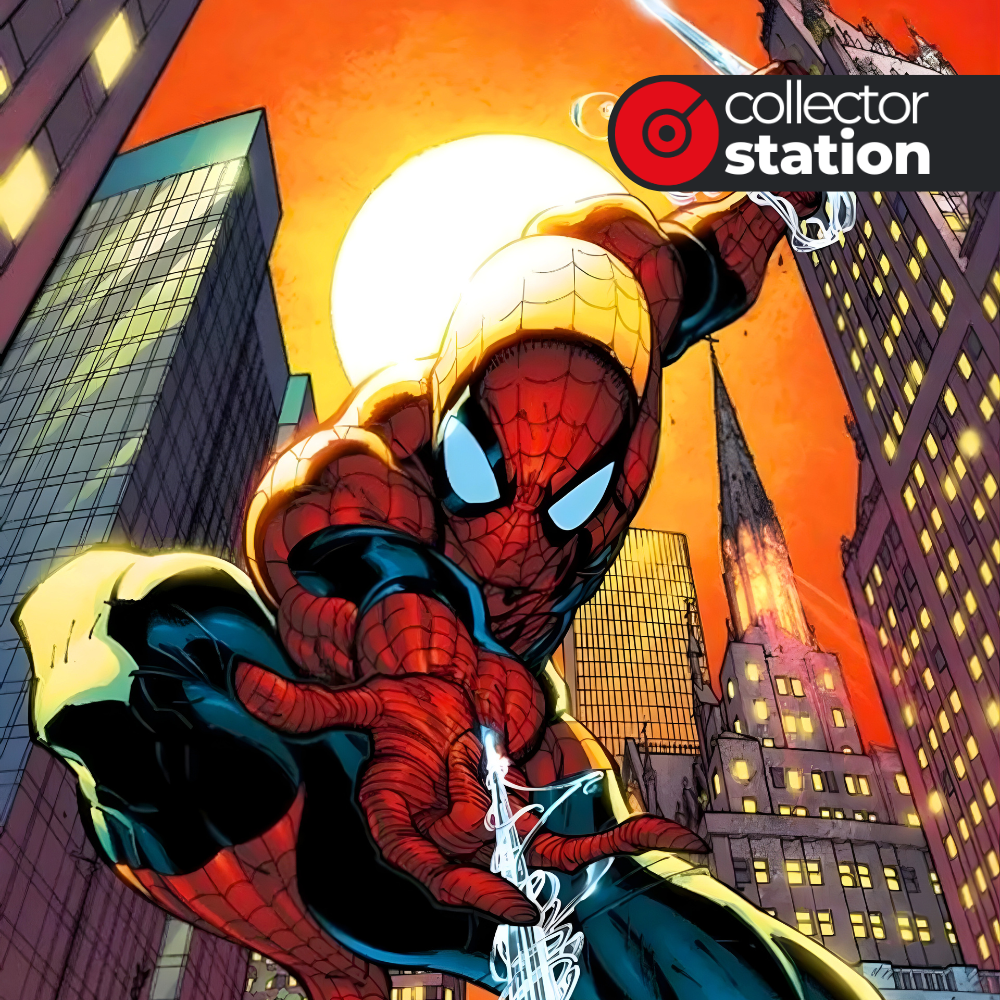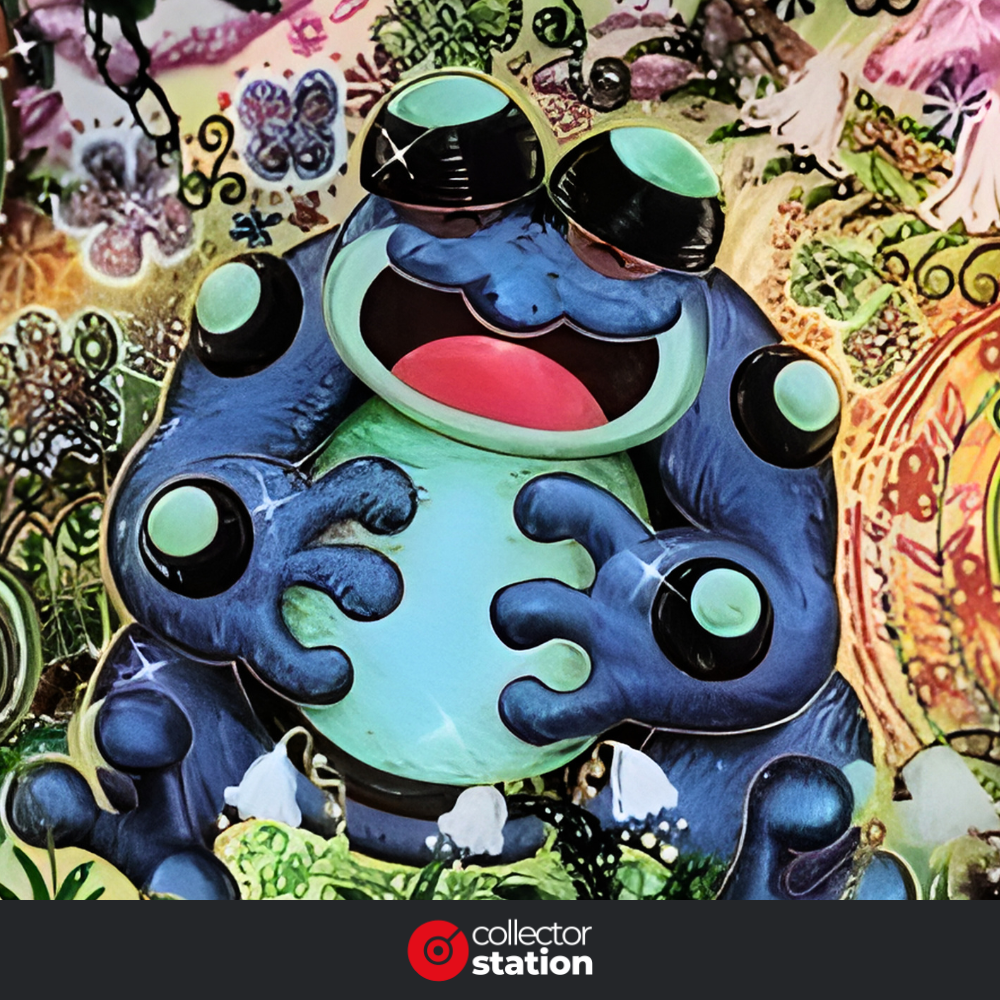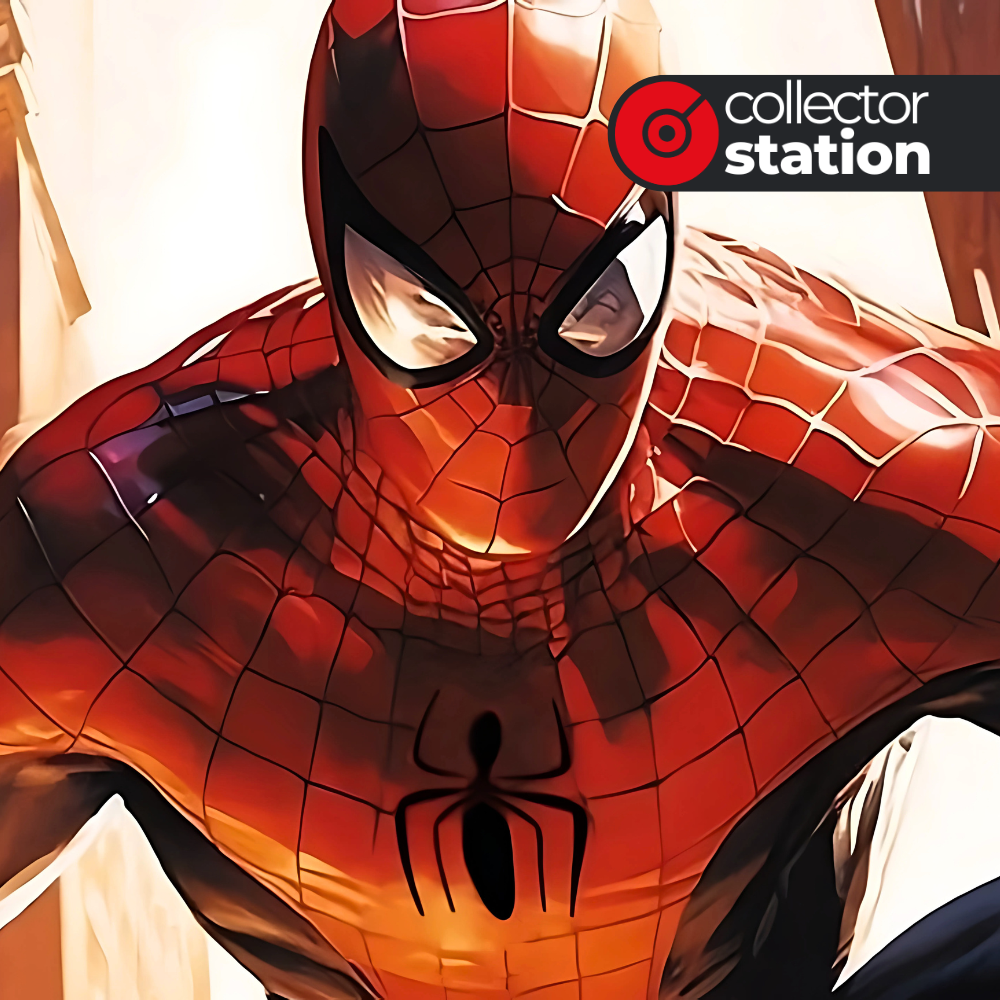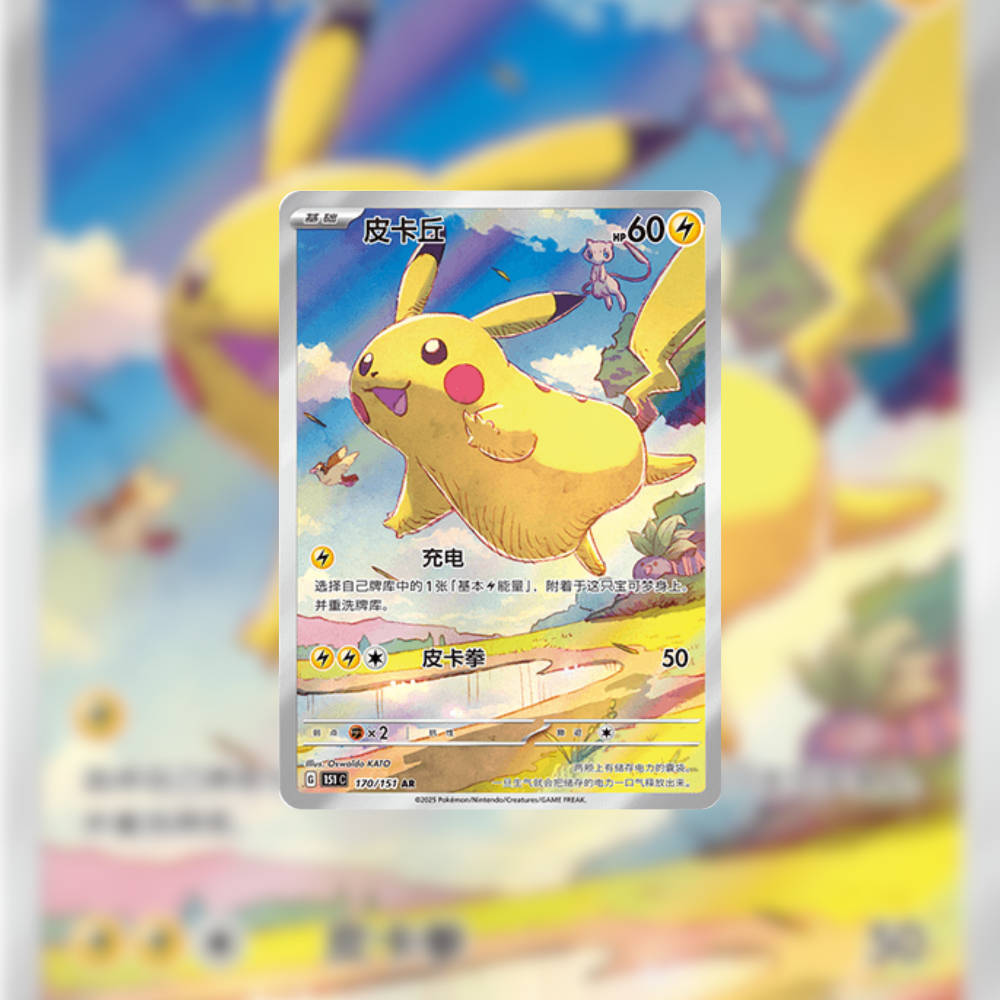Spider-Man comics represent the heart of Marvel’s Silver Age legacy. Since his debut in the early 1960s, Peter Parker’s adventures have inspired generations of readers, collectors, and investors alike. The value of Spider-Man’s key issues comes not only from his cultural influence but also from the introduction of legendary villains and characters who continue to define the Marvel Universe today.
High-grade copies of these early appearances are among the most desirable in the comic book world. Whether you’re looking to build a personal collection or make a smart long-term investment, these ten issues mark the essential milestones in Spider-Man’s history. Each comic tells part of the story of how the world’s favorite wall-crawler became a pop-culture icon.
10. The Amazing Spider-Man Annual #1 (1964)
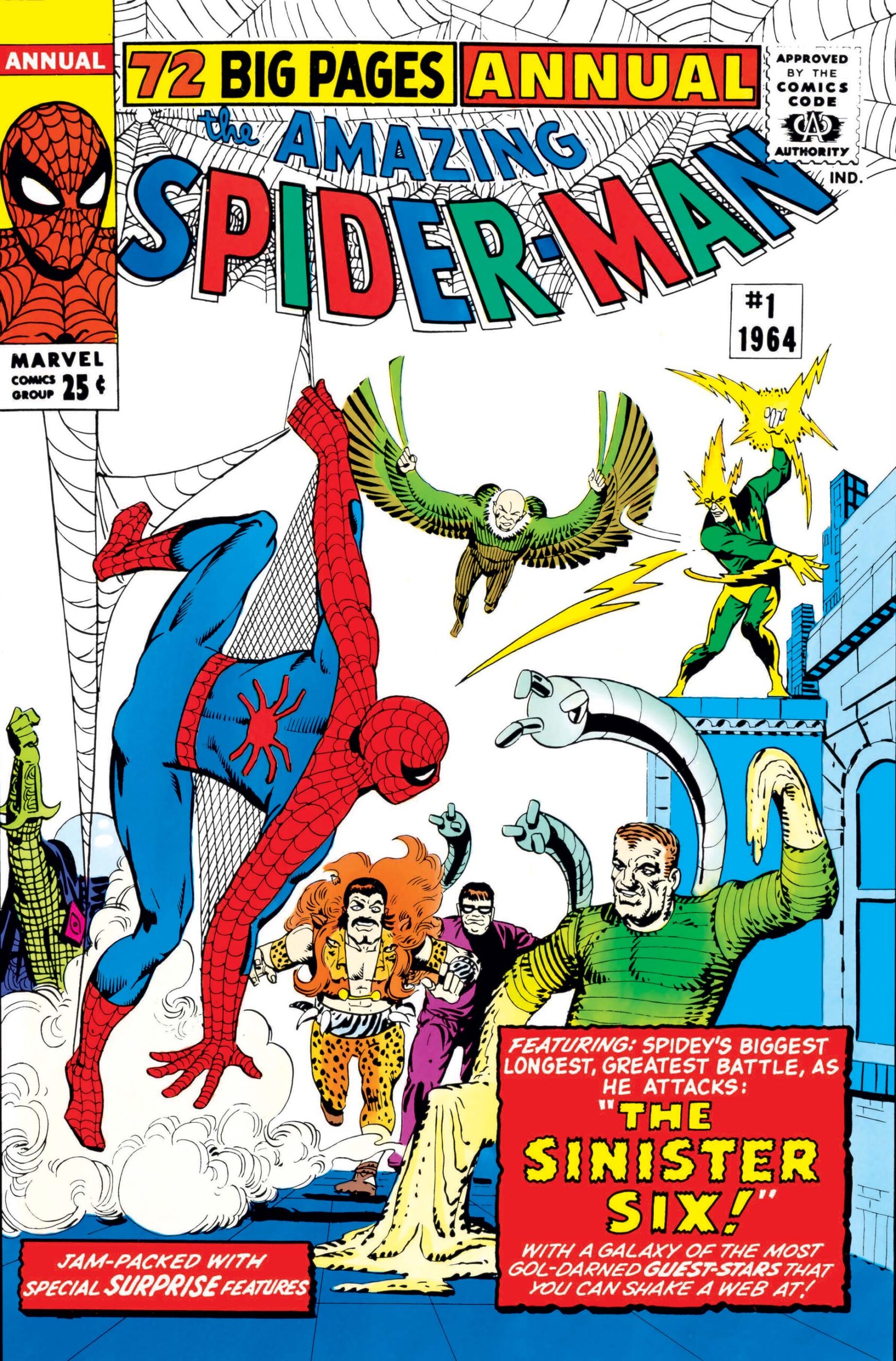
This landmark issue features the first appearance of the Sinister Six, a team of Spider-Man’s greatest foes united under Doctor Octopus. The lineup of Vulture, Electro, Kraven, Mysterio, and Sandman set the tone for team-up villain battles that would define future Marvel storytelling. The oversized annual format also made it one of the more visually striking books of its era. Collectors prize it for its historical weight and its role in shaping Spider-Man’s rogues’ gallery.
9. The Amazing Spider-Man #28 (1965)
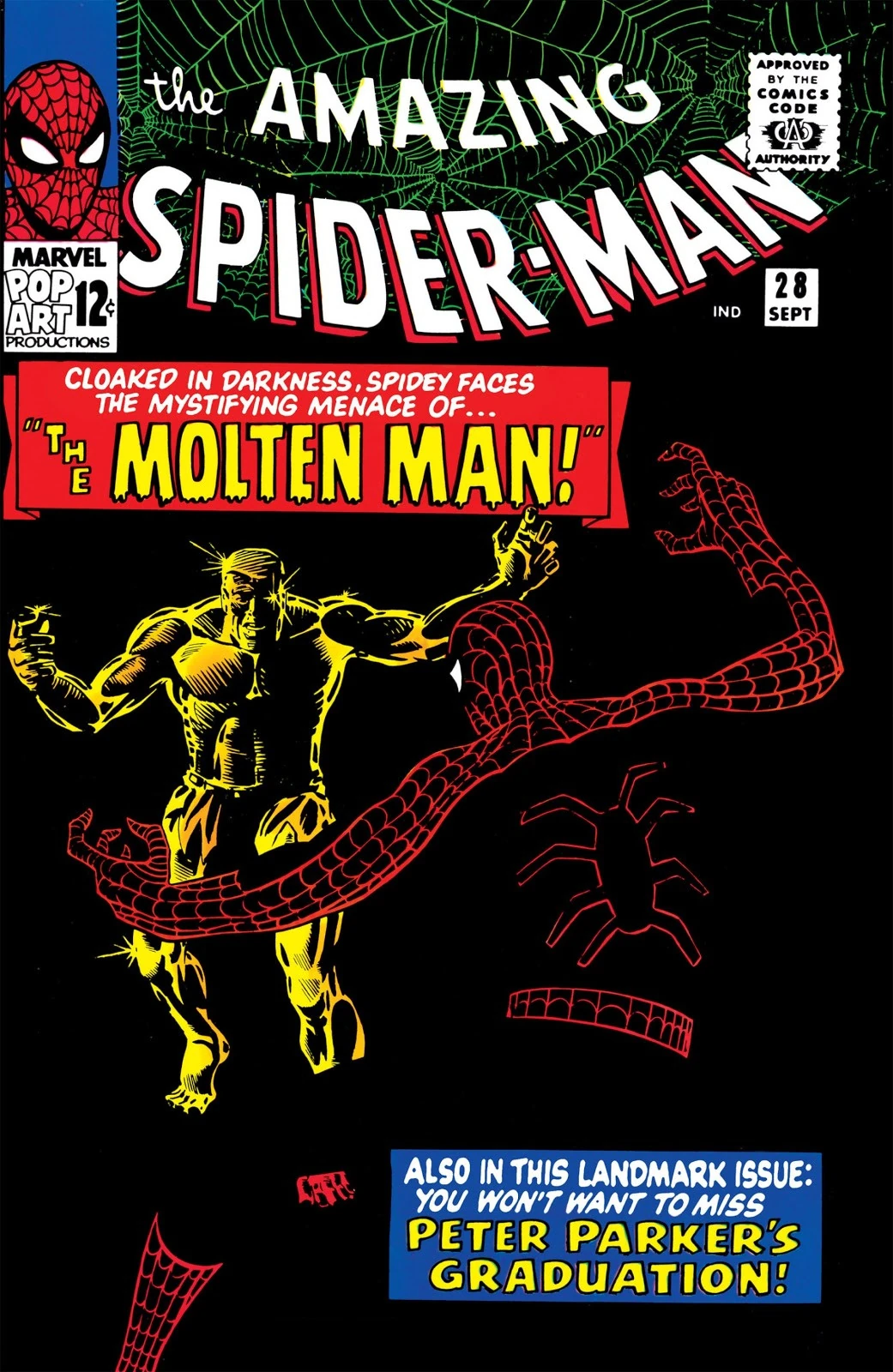
The debut of the Molten Man makes this issue a unique collectible, known for both its dark black cover and its scarcity in high grade. The Molten Man’s design and molten-metal motif made him a visual standout among early Spider-Man villains. The issue’s deep tones often show spine wear, which makes mint copies extremely hard to find. Collectors who seek early villain appearances in pristine condition know this book as one of the toughest in the original run.
8. The Amazing Spider-Man #13 (1964)
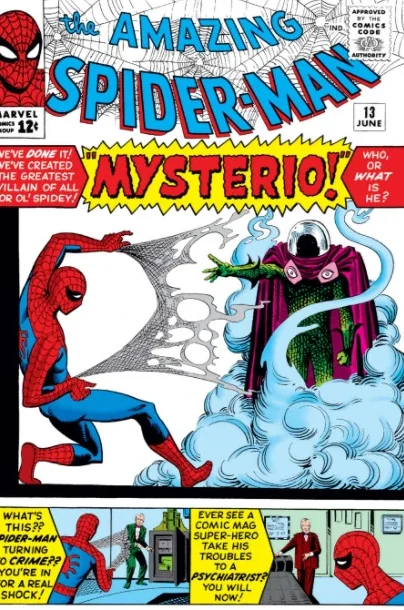
Mysterio’s first appearance cemented him as one of Spider-Man’s most imaginative foes. Created by Stan Lee and Steve Ditko, Mysterio’s illusion-based powers introduced a psychological twist to Spider-Man’s challenges. The comic’s iconic cover showing Spider-Man battling an illusion of himself is one of the most recognizable images from the era. It remains a fan-favorite for both its storytelling and artistic creativity.
7. The Amazing Spider-Man #252 (1984)
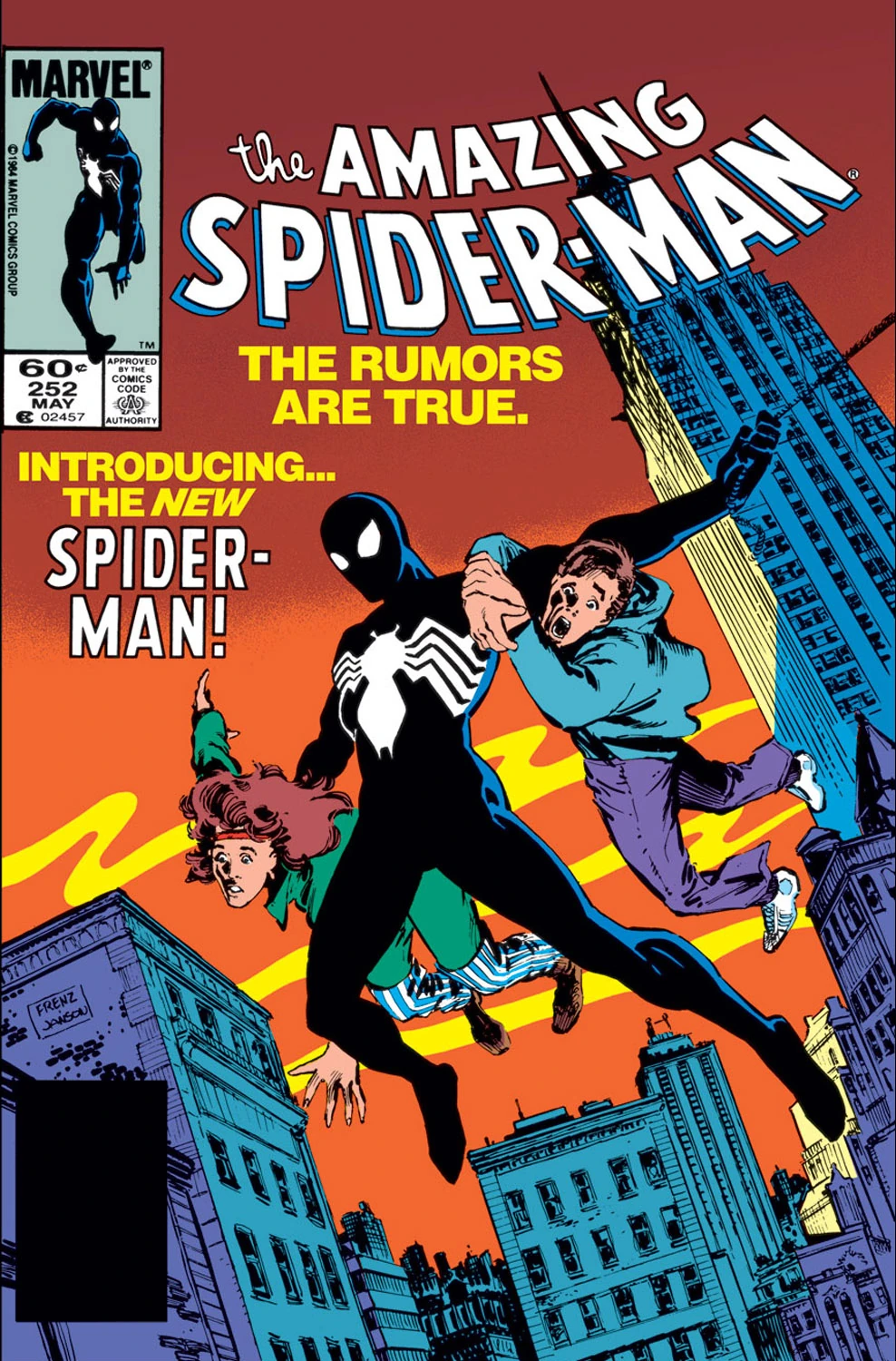
This issue introduced Spider-Man’s black suit to the world, marking the first appearance of what would later become Venom. The suit debuted following the Secret Wars storyline, representing a darker phase in Peter Parker’s history. Collectors value this comic for its significance in the evolution of Spider-Man’s identity and tone. It is a crucial bridge between classic and modern Spider-Man eras.
6. The Amazing Spider-Man #15 (1964)
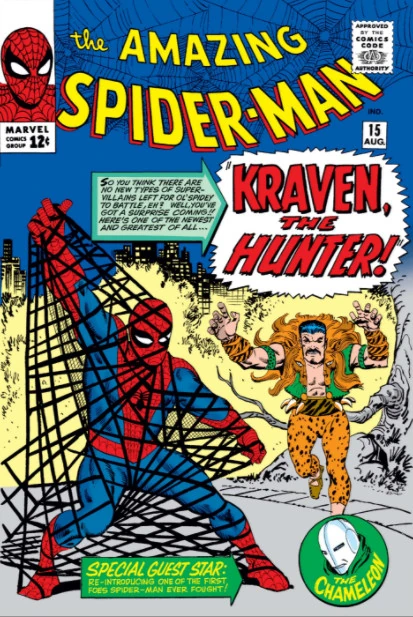
Kraven the Hunter made his debut here, bringing a feral intensity that contrasted Spider-Man’s youthful personality. The story introduced one of Marvel’s most enduring adversaries, later immortalized in the classic arc Kraven’s Last Hunt. The early artwork by Steve Ditko captures Kraven’s primal design and became the template for decades of reinterpretations. High-grade copies remain a staple of Silver Age collections.
5. The Amazing Spider-Man #13 (1963)
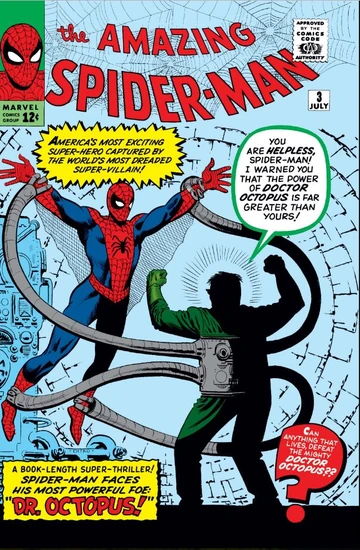
Doctor Octopus, or “Doc Ock,” first appeared in this issue, instantly becoming one of Spider-Man’s defining enemies. His mechanical tentacles and brilliant mind made him a formidable opponent. The issue’s storyline explores the first major defeat Peter Parker ever experiences, adding depth to his character. As one of the earliest villain debuts in the series, it is a cornerstone of any serious Spider-Man collection.
4. The Amazing Spider-Man #4 (1963)

Sandman’s first appearance introduced another visually dynamic foe whose powers pushed Steve Ditko’s art to new limits. The combination of fluid motion and solid detail in Sandman’s design showcased Ditko’s creativity at its best. The story also set up the recurring theme of working-class villains with tragic origins, a hallmark of Spider-Man’s world. Collectors prize this issue for both its art and emotional complexity.
3. The Amazing Spider-Man #14 (1964)
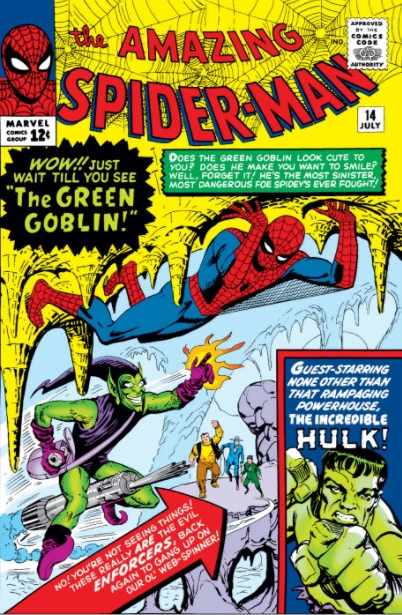
The Green Goblin’s debut in this issue changed Spider-Man’s universe forever. Norman Osborn would go on to become not just a villain but the ultimate nemesis in Peter Parker’s personal and heroic life. This comic’s bright, dramatic cover art remains among the most recognizable in the Silver Age. Its long-term collectability continues to rise as the Goblin’s legacy endures in every adaptation.
2. The Amazing Spider-Man #1 (1963)
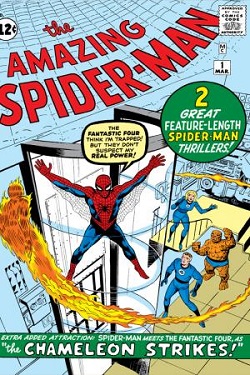
Spider-Man’s first solo series debut expanded his world and introduced key supporting characters like J. Jonah Jameson and the Daily Bugle. The issue also included a crossover with the Fantastic Four, immediately positioning Spider-Man within Marvel’s shared universe. Its significance cannot be overstated; it marked the birth of one of the most successful comic franchises in history. Even low-grade copies are highly valuable due to sheer historical importance.
1. Amazing Fantasy #15 (1962)
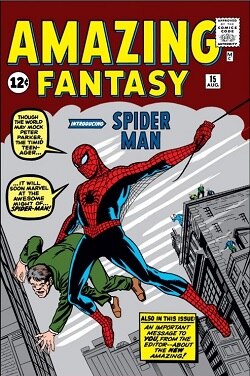
This is where it all began. Amazing Fantasy #15 features the first appearance of Spider-Man, created by Stan Lee and Steve Ditko. It tells the origin story that changed comics forever, the transformation of shy teenager Peter Parker into a hero who learns that “with great power there must also come great responsibility.” The book stands as one of the most expensive and iconic comics ever printed, commanding multi-million-dollar auction prices in top condition.
Spider-Man’s earliest appearances represent the golden foundation of modern superhero storytelling. These valuable issues showcase the creativity, emotion, and innovation that made Marvel’s web-slinger timeless. For collectors, investing in any of these comics is more than nostalgia; it is owning a piece of comic book history.

Disclaimer: eBay links on this page use a referral system that helps support the content—at no extra cost to you.

